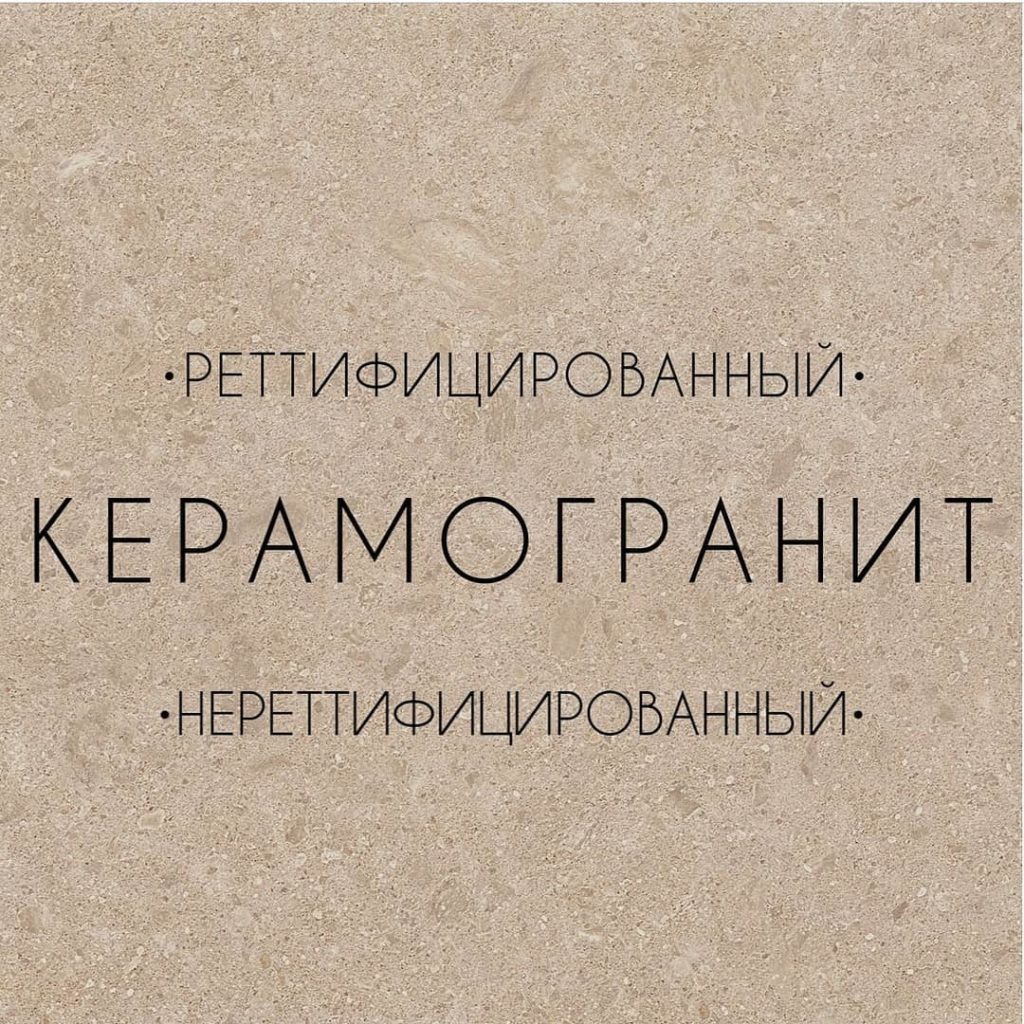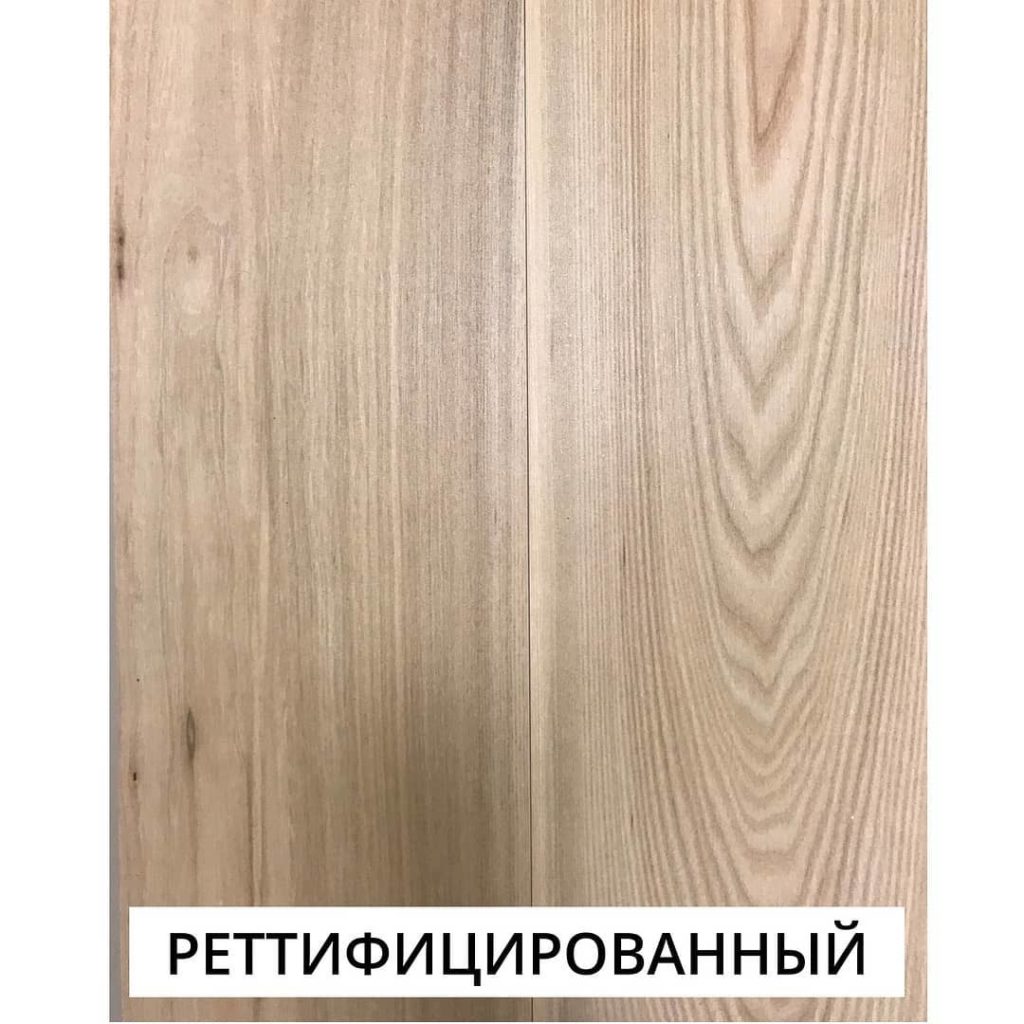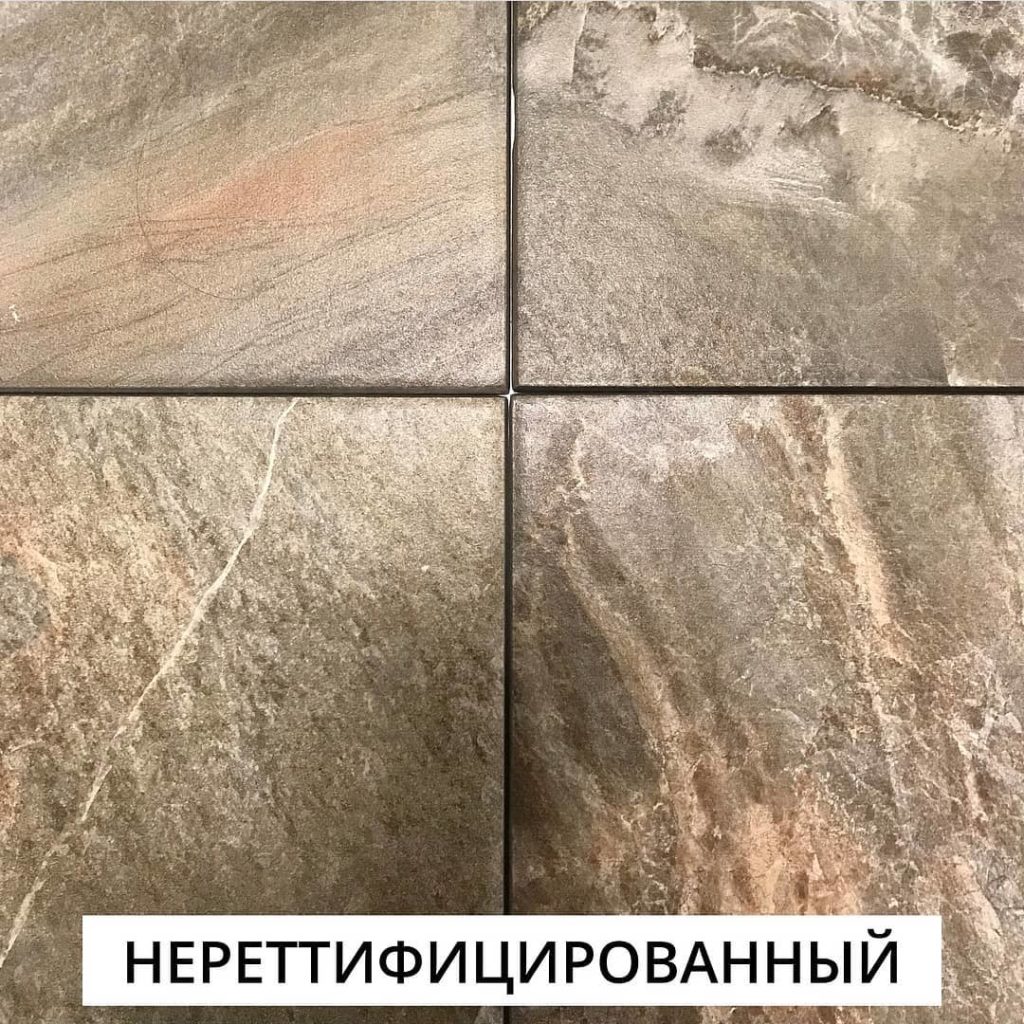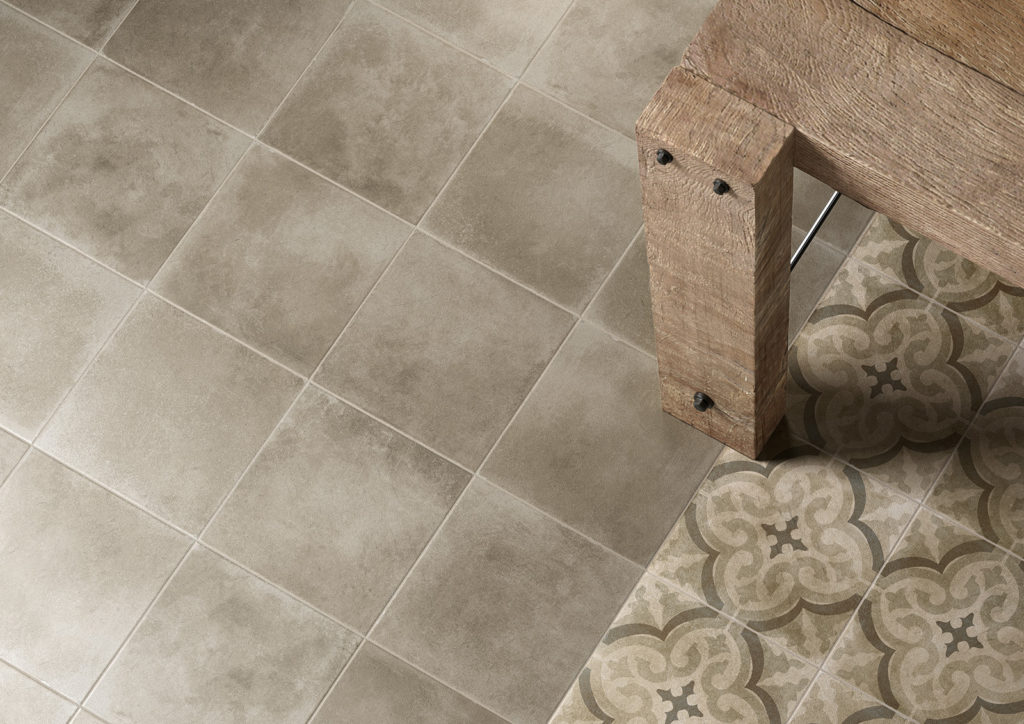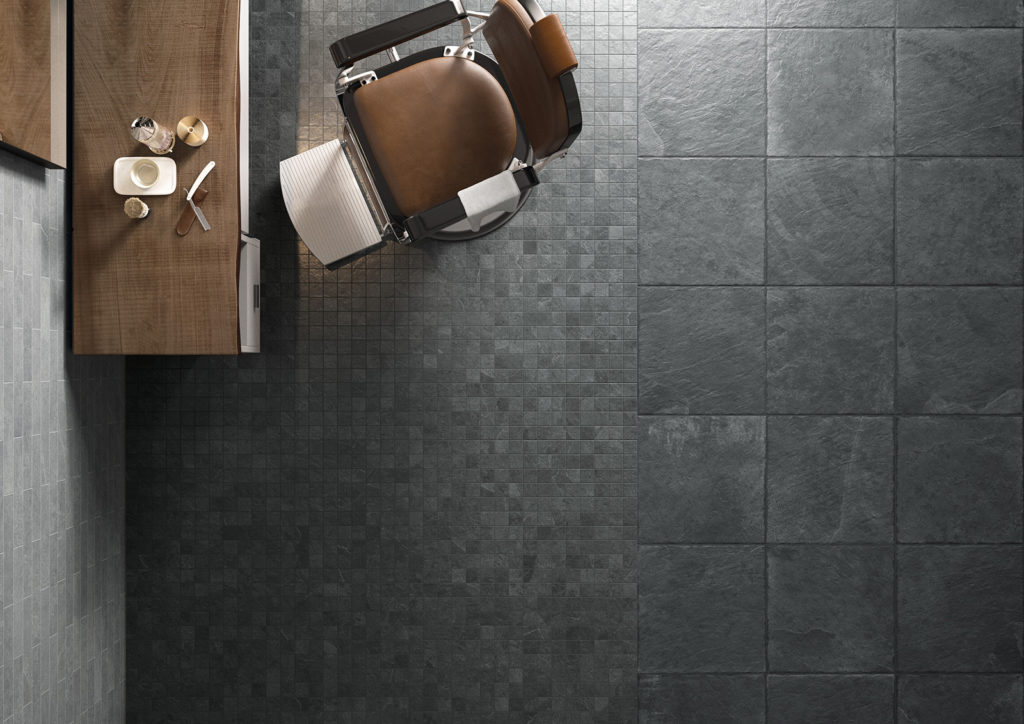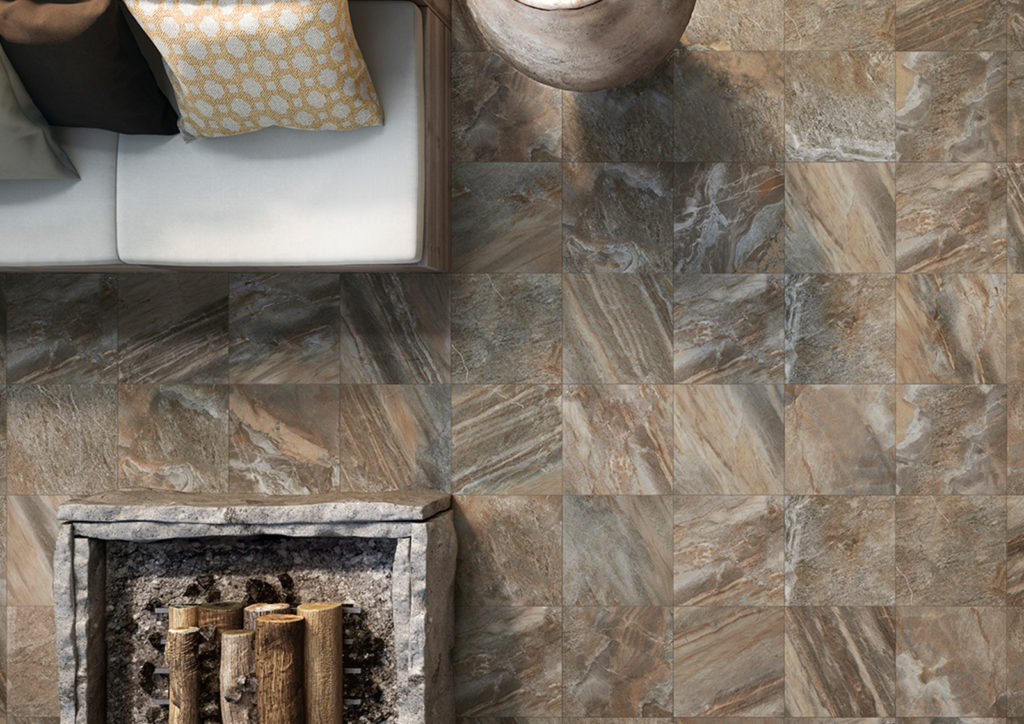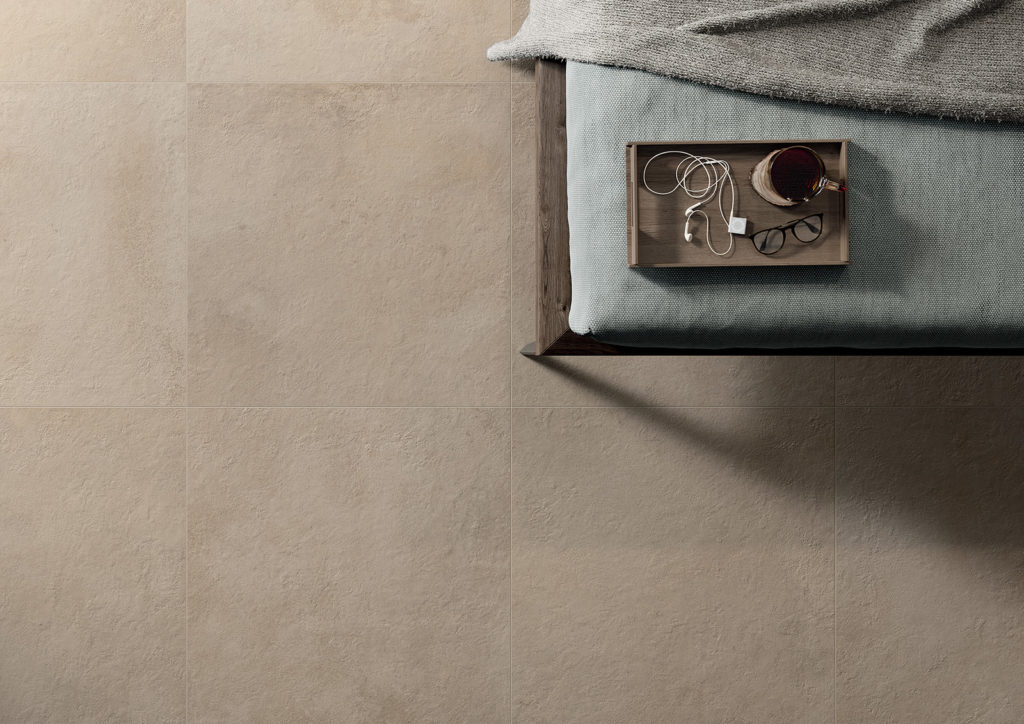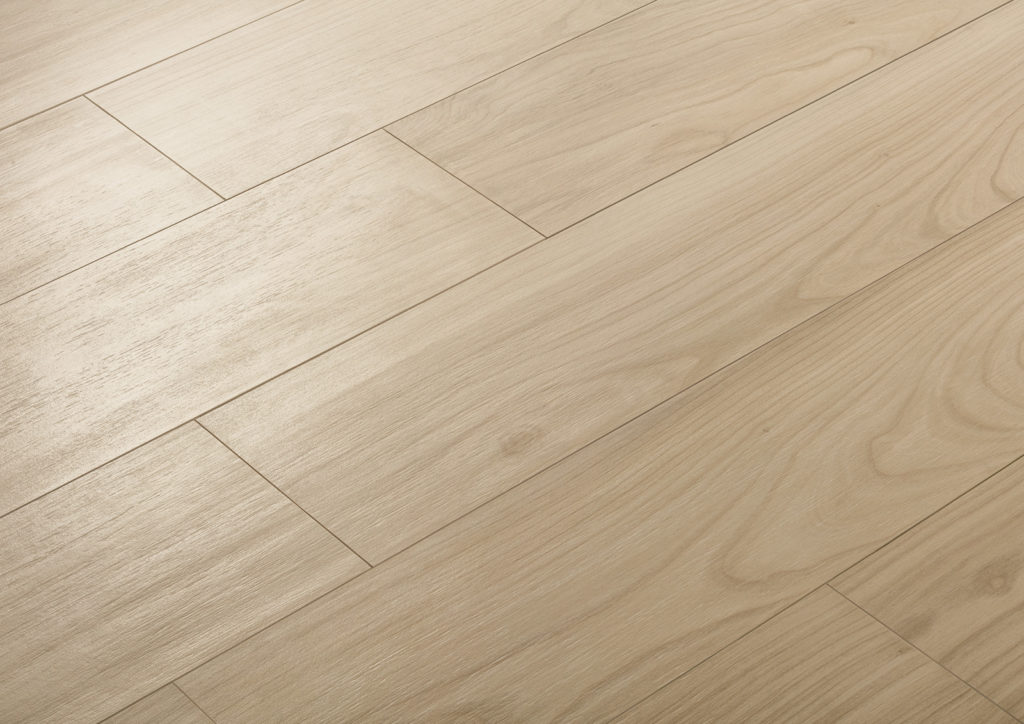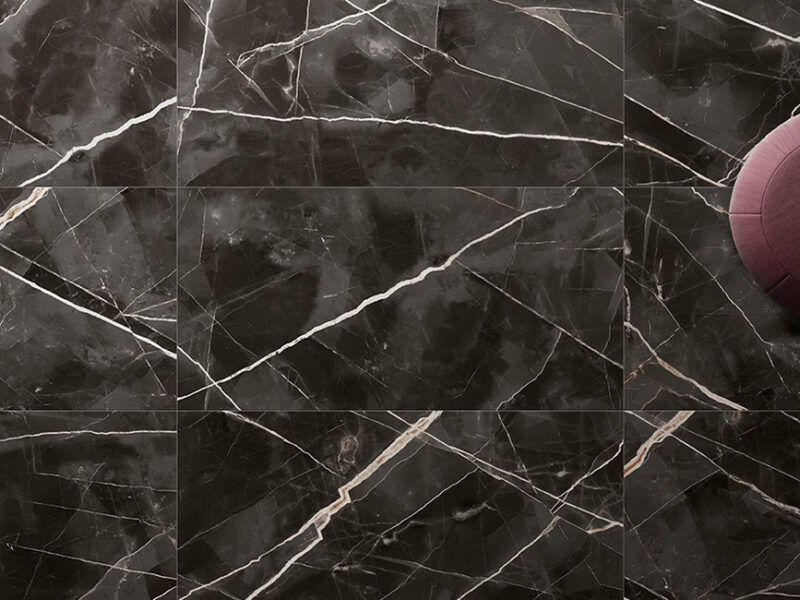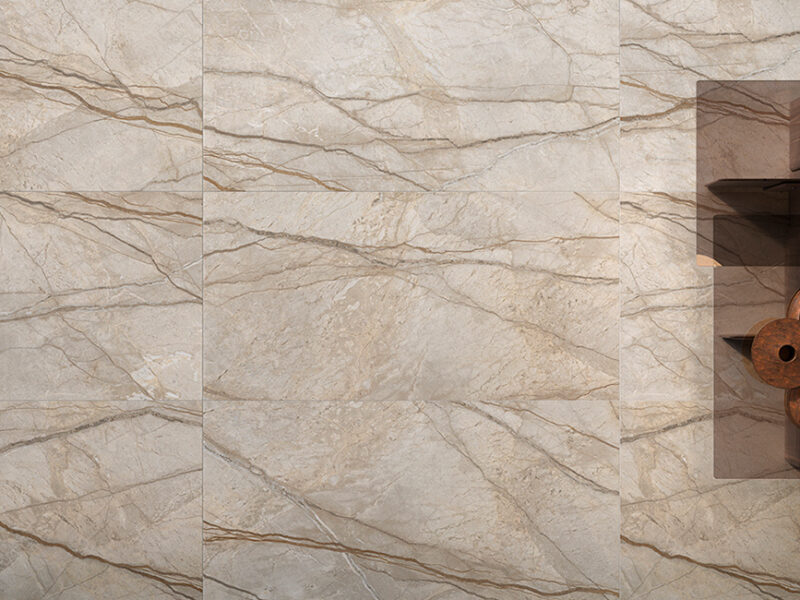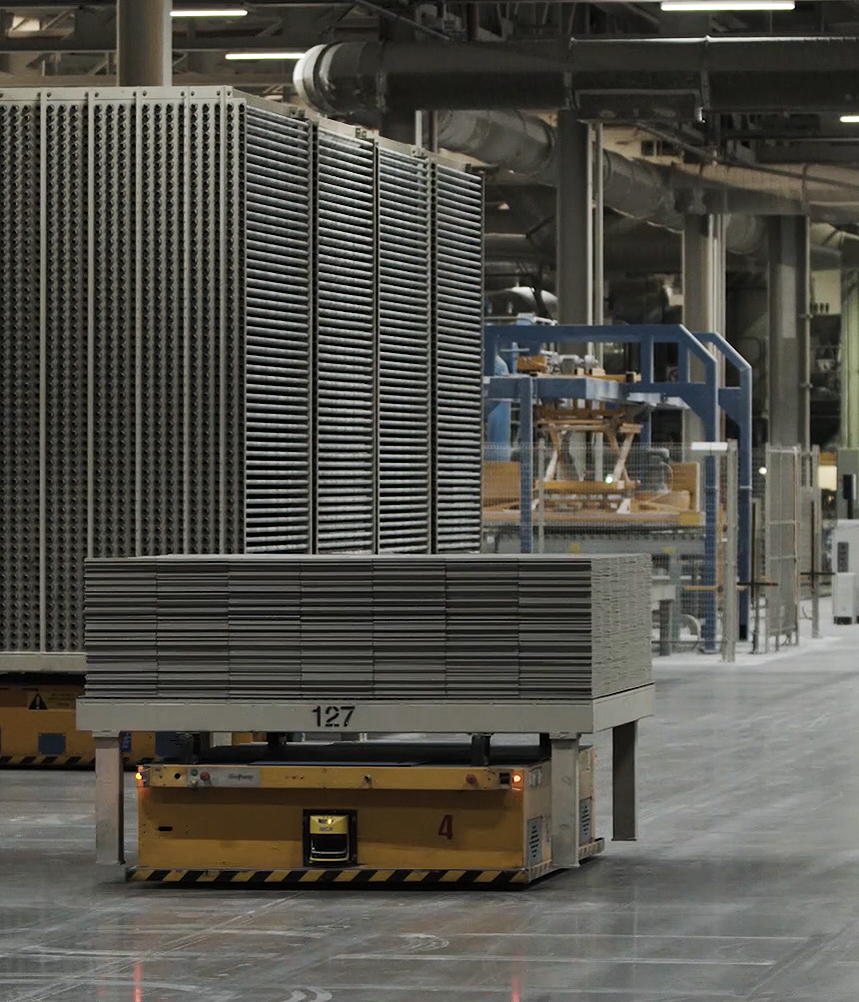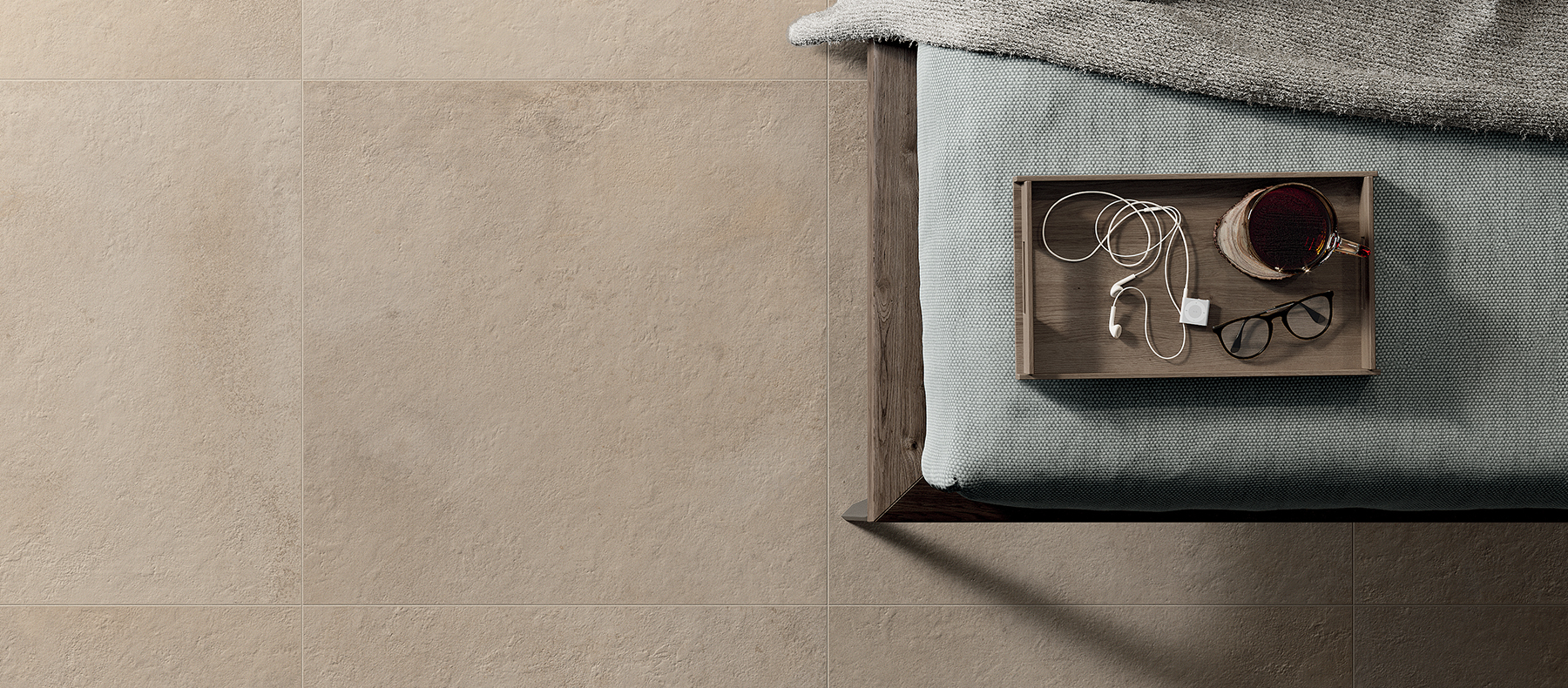
Rectified vs Non-Rectified Porcelain Tiles – How to Choose
So you’re planning on renovating your apartment and you have already chosen porcelain stoneware as your finishing material. You’ve based your decision on a matter of durability, aesthetic qualities, and on the fact that porcelain tiles are not just easy to clean, but also provide your settings with a great personality and unrivaled style. What else is there to consider before buying porcelain stoneware? It’s a matter of choosing rectified tiles vs non-rectified tiles.
What does “rectified” mean? Although you’ve probably heard about cutting porcelain tiles, you should know that porcelain stoneware is never cut during the production process. We will tell you more about this towards the end of the article, in case you’re curious!
Let’s now look at the difference between rectified and non-rectified porcelain stoneware; something that has to do with the edges of each tile.
RECTIFIED PORCELAIN
Rectified porcelain stoneware has undergone additional grinding of the edges, resulting in the real tile size being slightly smaller than the nominal size. For example, a 60×60 format, after rectification, is become a 596 x 596 mm.
Rectified tiles have perfectly even edges, which have been ground to a precise 90 degrees angle.
And are always manufactured in a single calibre.
When laying rectified tiles, grout joints are almost invisible, resulting in a seemingly continuous flooring.
ADVANTAGES
- Tiles are laid with grout joints of 1-2 mm;
- It’s possible to combine different formats, colors, finishes and even collections;
- The actual size is always known and equals the previously set caliber;
- Rectified tiles are ideal for hinged, ventilated facades;
- Wide range of formats (60×60, 20×120, 60×120, 80×80, 80×160, etc.).
NON RECTIFIED TILES
Non-rectified tiles have not undergone additional grinding processes, and are usually sorted according to their real dimensions and calibers after firing. Along the edges, tiles present a slight bevel, which is why we recommend laying non-rectified porcelain stoneware with 3 to 4 mm grout joints.
ADVANTAGES
- Lower prices;
- Smaller formats.
CONCLUSIONS
If you want your tiles to be laid with minimal, almost invisible grout joints, or if you plan to purchase large format tiles (60×60 and larger), we definitely recommend choosing rectified tiles.
LIFEHACK: all Italon products are rectified excep for 3 formats: 7.5×30, 30×30 and 45×45.
And now, as promised, we are going to tell the most curious of you why it is incorrect to call rectified porcelain stoneware “cut”. The process of rectifying the edges does not involve cutting, but simply grinding in order to achieve perfectly straight edges.
All necessary information about calibers (actual dimensions) is printed on the product packaging. You must carefully read the instructions before you start laying the tiles. If you’re interested in learning more about technical aspects, such as caliber, be sure to read our article “Tiles Shade and Caliber. What are they?“

